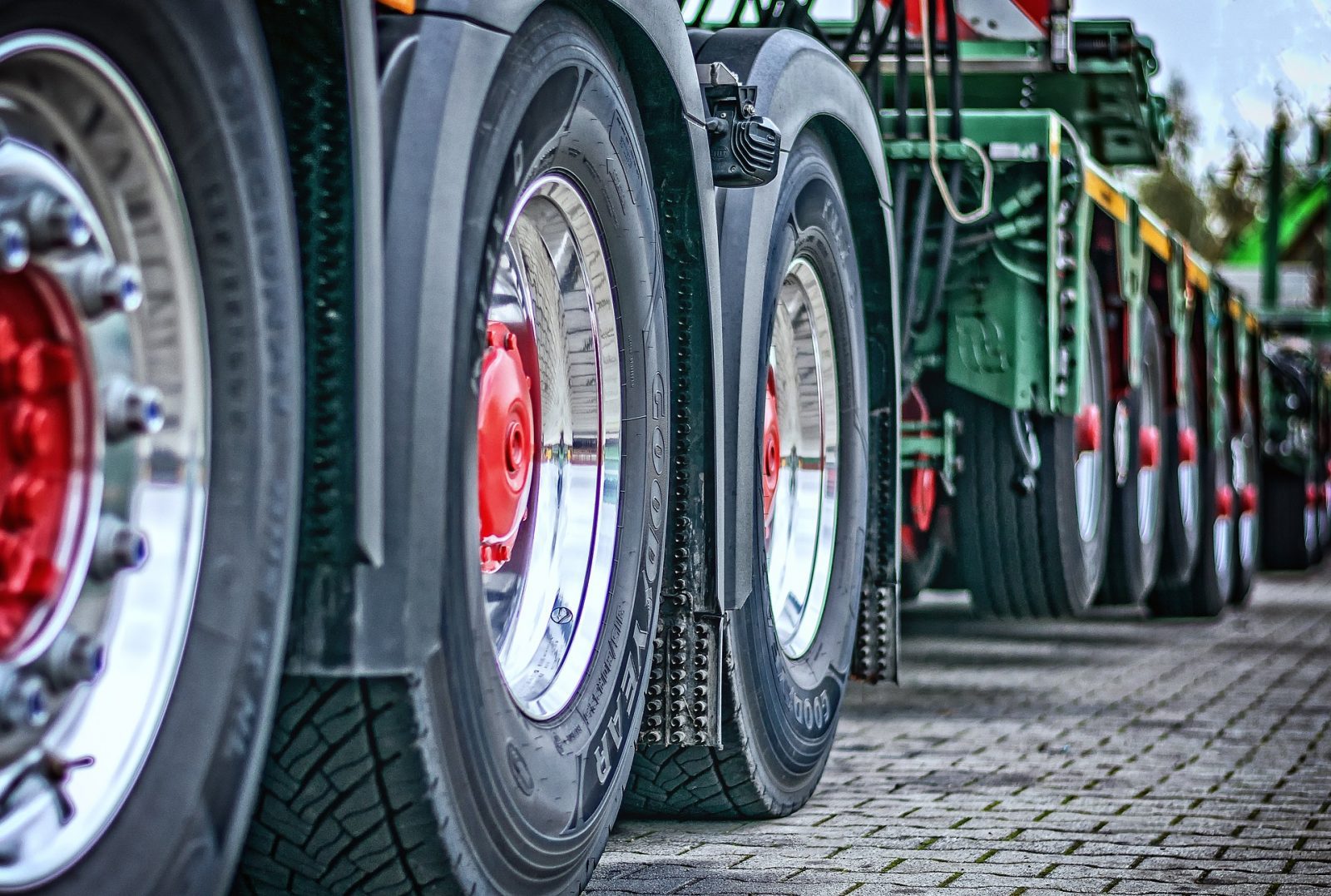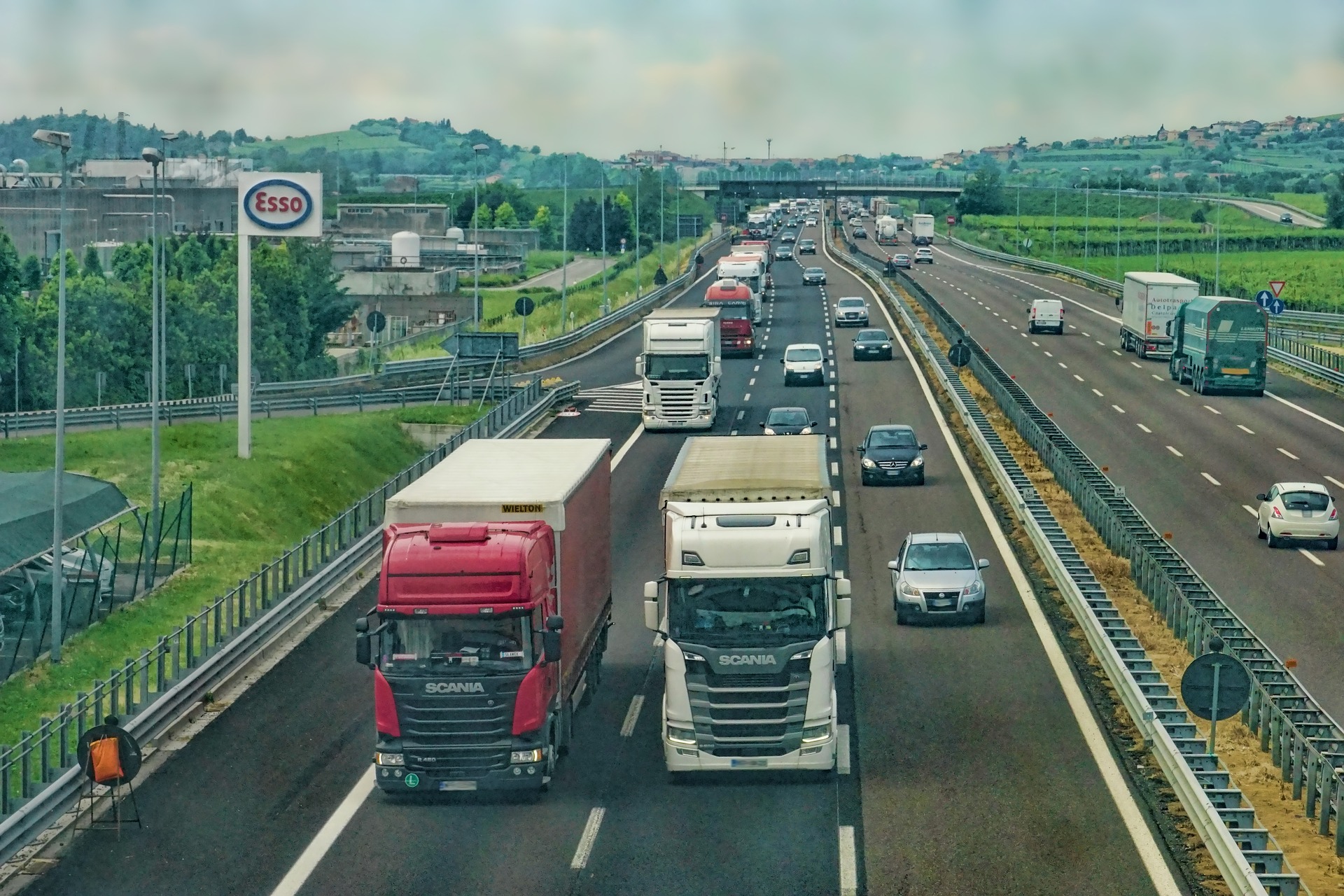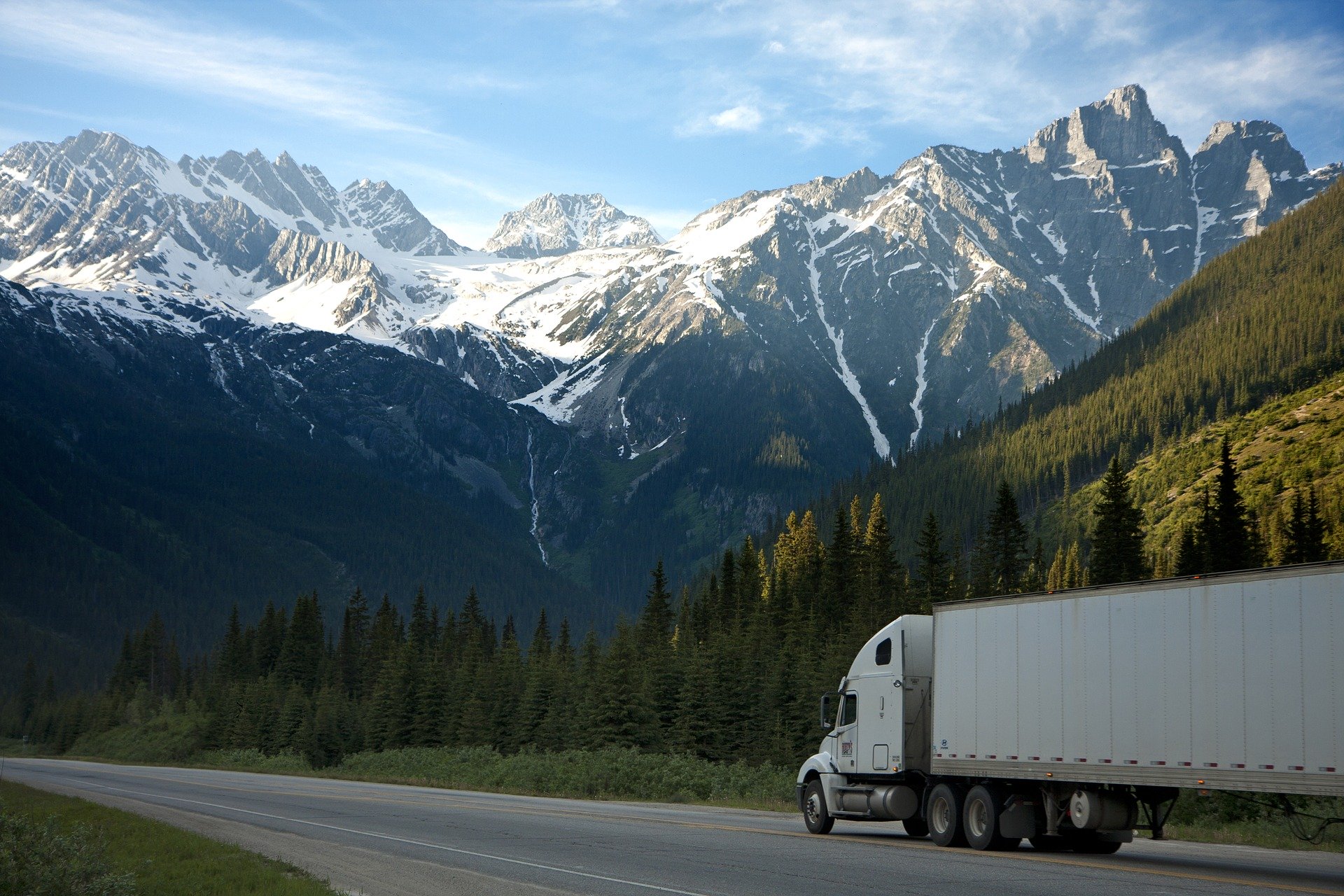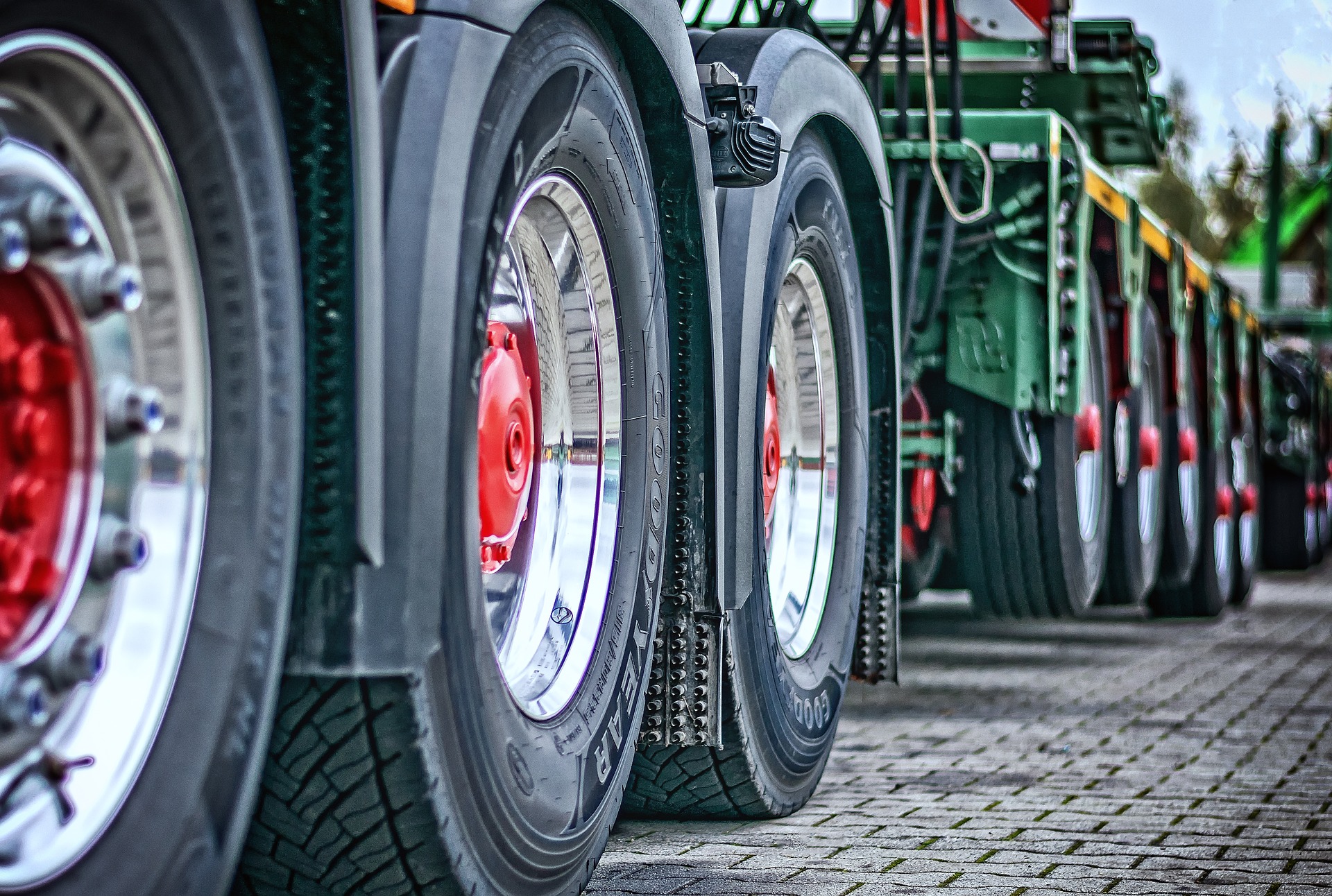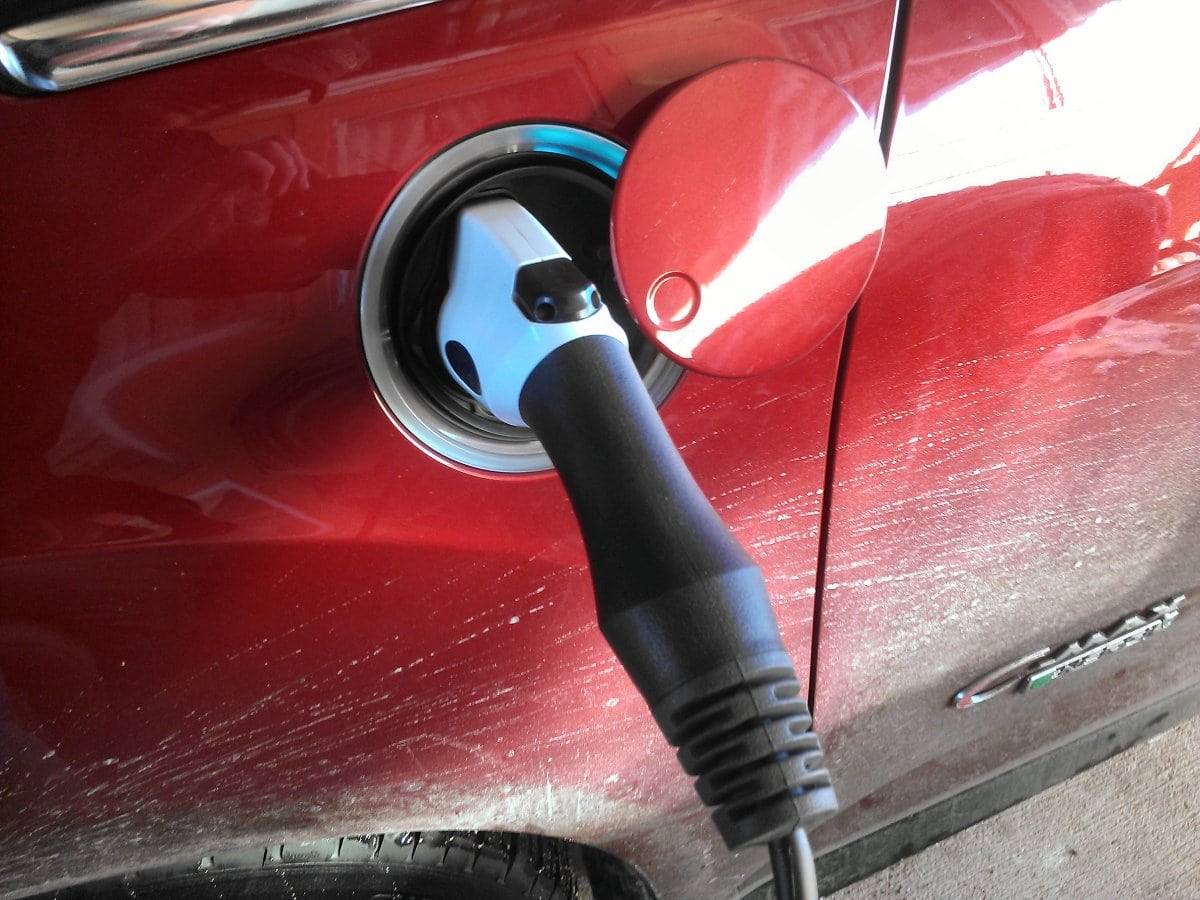The trucking industry keeps the country running — quite literally, in many cases. Upwards of 70% of the country’s goods are transported from factory to sales floor by truckers. Until recently, no one thought twice about the fuel that these massive vehicles burned beyond the money they spent at the diesel pump. Today, though, emissions and the industry’s carbon footprint are at the forefront of everyone’s mind.
Large trucking companies have the power to lower emissions and make the industry more eco-friendly. All it takes is knowledge of alternative fuel sources and the desire to make positive and lasting changes.
A Big Piece of the Puzzle
When it comes to reducing emissions, the transportation sector represents a significant but often overlooked piece of the puzzle. The industry as a whole accounts for the largest portion of greenhouse gas emissions in the United States. While the majority comes from light-duty vehicles, we can attribute 23% of the country’s annual output directly to medium and heavy-duty trucks like those used in the transportation industry.
Pay Attention to New Regulations
The EPA has been working on lowering trucking emissions for the better part of the last two decades. Between 2007 and 2017, regulations worked to drop NOx emissions in the country by more than 40%. While it’s a step in the right direction, the job isn’t done yet. The 2016 Cleaner Trucks Initiative is in place to reduce trucking emissions and keep the country’s economy moving without doing more damage to the enviornment.
While trucking companies might not have a direct say in what these regulations entail, it’s up to them to pay close attention to any changes and ensure they are complying.
Leaving Diesel in the Past
Diesel might be the most common fuel option for large trucks, but thanks to advances in green energy technology, it’s not the only choice. It might require a bit of an investment, but the entire trucking industry can go green. The first step might be switching to alternative fuel options like biodiesel. You may even have the opportunity to go fully electric in the future, thanks to Tesla.
This switch is still in its early stages, with most mainstream companies still relying on diesel. If reducing your emissions is a priority, consider seeking more sustainable options. The return on investment will be higher in the long term, and you’ll be getting ahead of the curve as the EPA and other federal entities start to make more widespread changes.
Looking Toward an Eco-Friendly Future
Until “Star Trek”-style replicator technology becomes readily available, the trucking industry will be necessary to keep products moving from one end of the country to the other. As a species, we need to start reducing our collective carbon footprint, and we can shrink our emissions dramatically by shifting how we transport our goods. Take a closer look at your fleet and see where you could make changes, small or large, to reduce your company’s carbon footprint.


